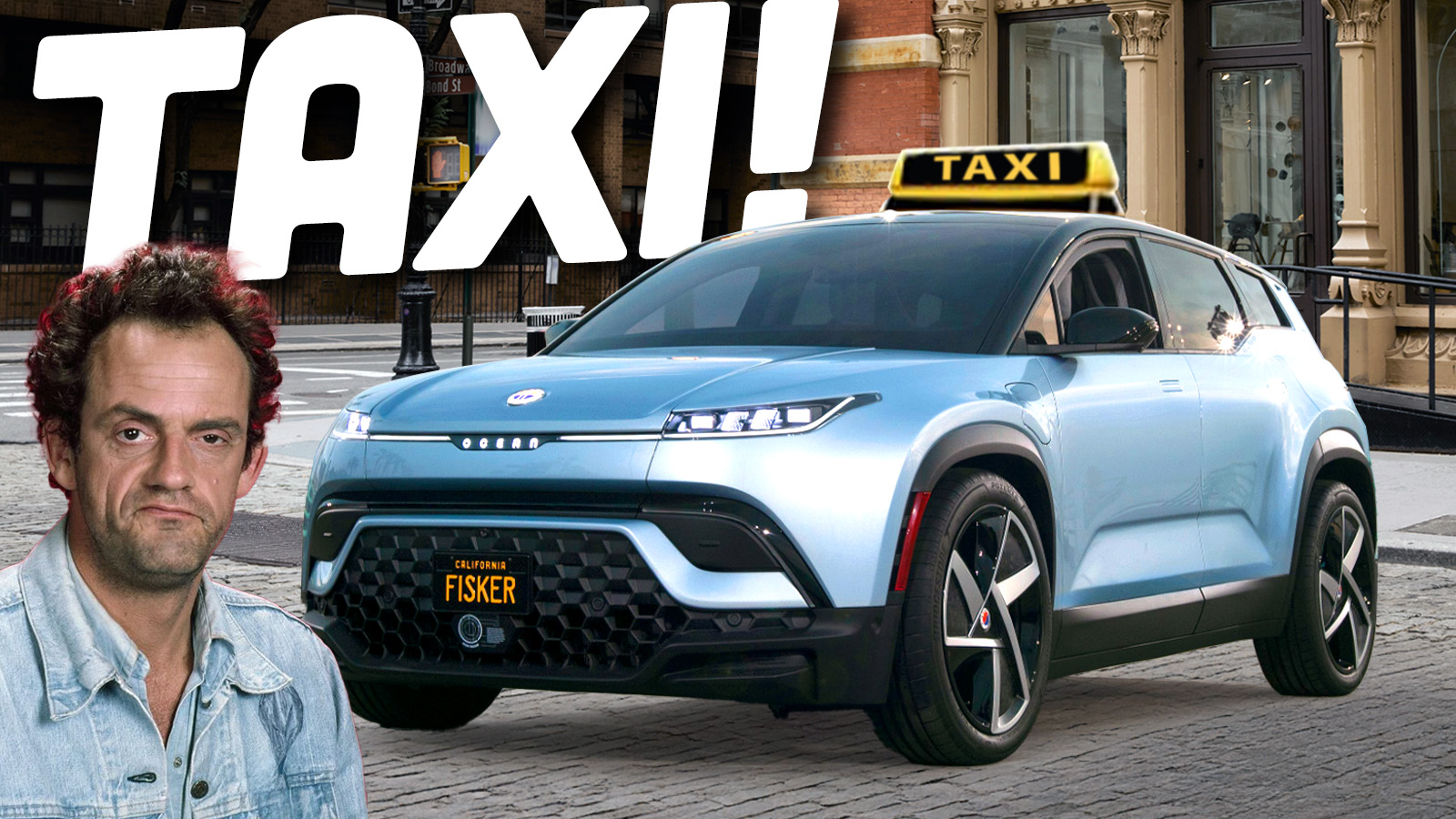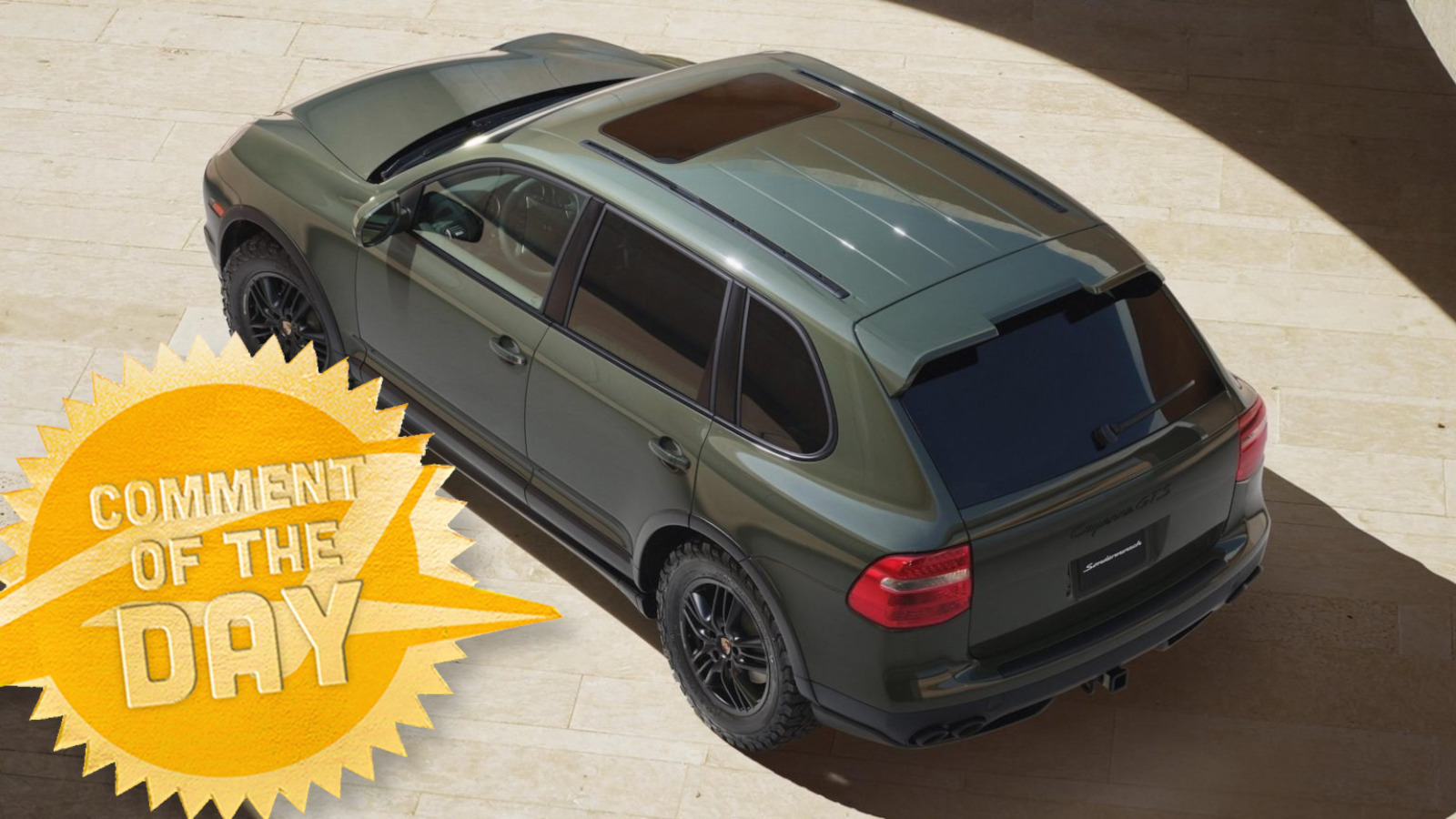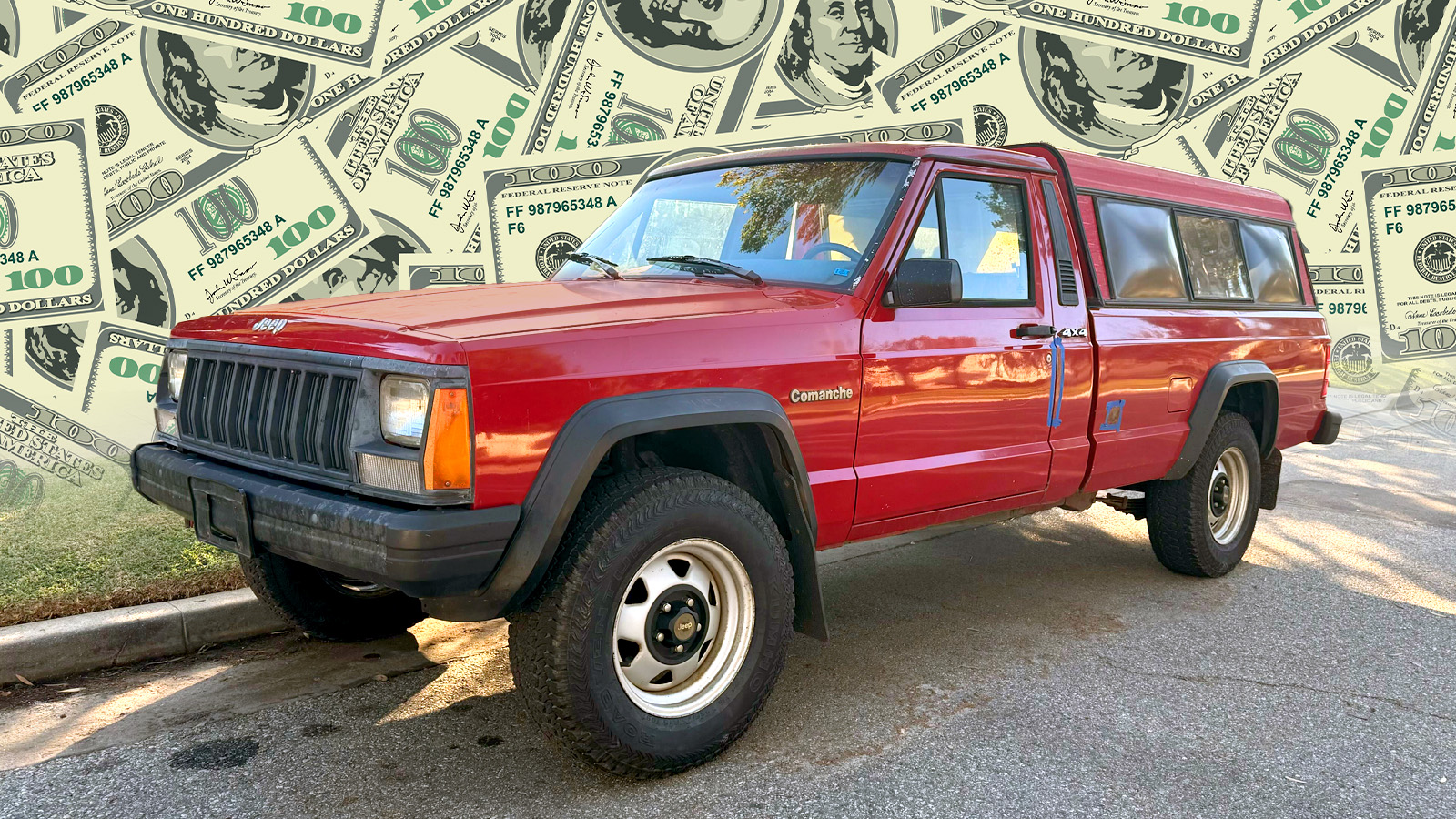The Fisker Ocean has a fascinating story. It was supposed to be the car that led Henrik Fisker’s triumphant return to carmaking in the early 2020s, after his four-door sedan, the Karma, famously flopped in 2012 (due in part to Autopian publisher Matt Hardigree, according to some). Many blamed YouTuber Marques Brownlee, known as MKBHD, for Fisker’s second flop, when his review of the Ocean – provocatively titled “This is The Worst Car I’ve Ever Reviewed” – went viral.
Whether Brownlee’s video was Fisker’s final nail in the coffin is up for debate. Though I’ve never driven an Ocean, our dear leader David Tracy has, and he liked it a lot more than the internet told him he would. Nevertheless, the company ran out of money and declared bankruptcy last year. You’d think the Ocean’s story would end here, with the remaining inventory either scrapped or dumped into Manheim auctions to be sold off to dealers across the country. But really, this is where the Ocean’s story begins.
If you’ve visited or lived in New York City over the past six months, you’ve probably noticed something strange: There’s a disproportionately large number of Fisker Oceans on the roads. That’s because the remainder of Fisker’s inventory was purchased in bulk by a company called American Lease during the bankruptcy proceedings. This company makes money by leasing out vehicles to rideshare drivers in NYC, who use them for services like Uber and Lyft.
Why would American Lease buy a bunch of Oceans—mostly unproven vehicles from a startup manufacturer—to deploy as cabs in one of the country’s most brutal driving environments? There are a few reasons. The first, and most obvious: They were cheap as hell.

According to bankruptcy court filings, American Lease paid $46.25 million to acquire 3,321 Oceans from Fisker. That works out to around $14,000 a car, though the actual number per car varied based on each vehicle’s condition. Some were damaged or used as engineering test beds, but the majority—2,711 examples, according to the filing—were listed as being in good working order.
An average price of $14,000 is a far cry from the Ocean’s $41,437 starting price, and less than half the price of any electric car you can buy right now. The upfront cost savings were clear, so American Lease took the plunge. But this raises another question: Why go EV? There are plenty of affordable gas-powered cars out there to fill a rideshare fleet. As it turns out, picking up the Fisker lot was a matter of regulatory planning. Bloomberg spoke with the company’s CEO earlier this year, who dished out the firm’s motivations:
The curious collection of orphan EVs came about because of a collision between local and national electrification policies. In 2023, New York City launched the Green Rides initiative, mandating that all Uber or Lyft rides be either wheelchair-accessible or zero-emissions by 2030. But the supply of affordable all-electric vehicles is very limited, as the administration of President Donald Trump has sought to eliminate federal incentives and tax credits and roll back pollution and fuel economy standards that encourage EV uptake.
That left fleet operator American Lease, which has about 5,000 vehicles, with few low-budget options to replace their existing gas-powered cars. In early 2024, when the rental giant Hertz announced it would sell off much of its EVs, American Lease considered loading up on used rental Teslas. Then another, crazier option emerged.
“We were sitting at lunch and I was reading an article about how Henrik Fisker, who founded Fisker, had listed his home for more than the market cap of the company at that point,” says American Lease executive vice president Josh Bleiberg. “So I was like, ‘Screw it: Let’s buy Fisker.’”
Operating a fleet of startup EVs in New York City hasn’t come without trouble. While Bleiberg told Bloomberg the cars themselves have been mostly issue-free, they had to go through a lot of trouble to sort out the Ocean’s software, which relies on over-the-air updates to keep them on the road.

American Lease contracted indiGO, a Massachusetts-based startup developing its own line of electric vans, to manage this software (which would also be responsible for every other Fisker Ocean on the road). This is where things got messy. From Bloomberg:
American Lease first worked as an intermediary between the Fisker Owners Association (which represents private Ocean owners) and indiGO (which was trying to fix Ocean’s final software update). In the automaker’s dying months, Fisker’s engineers had raced to complete a software package that included updates required to comply with federally mandated recalls; it was so bloated that some owners said it was “bricking” their cars, rendering them inoperable.
After a dispute over responsibilities and payments, the FOA went independent and American Lease stepped out of the intermediary role. Now the FOA is figuring out how to manage its cars’ software, recalls and all, on its own. Meanwhile, indiGO split Fisker’s final file into three distinct parts and is having an easier time getting cars updated.
Untangling the mess took long enough that American Lease only began launching its fleet of Oceans in March. Now more than 1,000 cars are picking up rides across the city. “There are cars that break. There are cars that can be cannibalized for parts. If I can get this up to 2,200, 2,500 cars on the road,” Bleiberg says, “that’ll be full utilization.”
Bleiberg is getting pretty close to that goal, according to data published by New York City’s OpenData initiative. Anyone with an internet connection can go to the initiative’s website and download a spreadsheet that lists every single vehicle currently registered as a “For Hire Vehicle.” While the data doesn’t mention make or model, it does list every VIN. Searching by VINs that begin with VCF (VC being the code for vehicles built in Austria, like the Ocean, and F being the code for Fisker, Inc. specifically), and you get 1,821 cars.
Before you ask if any of those 1,821 cars could be Fisker Karmas, they’re not. Fisker, Inc, which built the Ocean, and Fisker Automotive, which built the Karma, are two different companies. As such, the cars have two different VIN setups—all Karma VINs start with the letters YH because they were built in Finland. Plus, NYC’s Taxi & Limousine Commission says cars registered as For Hire can’t be more than seven years old (the last Karma was produced in 2012).
Going by recall data published by the NHTSA, the total number of Oceans sold in America before production was halted looks to be 8,204 units (around 11,000 were produced for the entire world, according to Bloomberg). That means that of all the Fisker Oceans sold in the U.S., more than one-fifth (22%) have ended up as NYC taxis.
Though I feel like I see these Ocean cabs all the time in New York, they actually make up a minuscule number of the total for-hire cars in New York City. According to the city’s data, there are currently 104,869 vehicles registered with the Taxi and Limousine Commission. That means only 1.7% are Fisker Karmas. So they’re still pretty rare. That probably explains why I’ve never actually gotten the chance to ride in one, despite my calling Ubers far more often than I should. The reason I probably think I see these Oceans often is because I know what they are, and because of their distinct design, they stand out in a sea of otherwise painfully boring taxis, crossovers, and black Camrys.
The next time you’re in New York, keep your eyes on the road. You just might see a car with one of the most interesting stories of the decade.
Hat tip to Cameron for heads-up on this data!
Top graphic images: Fisker; depositphotos.com









I live in Brooklyn and have seen at least 4 today. My poor partner is tired of me pointing them out. Awesome article getting to the bottom of this!